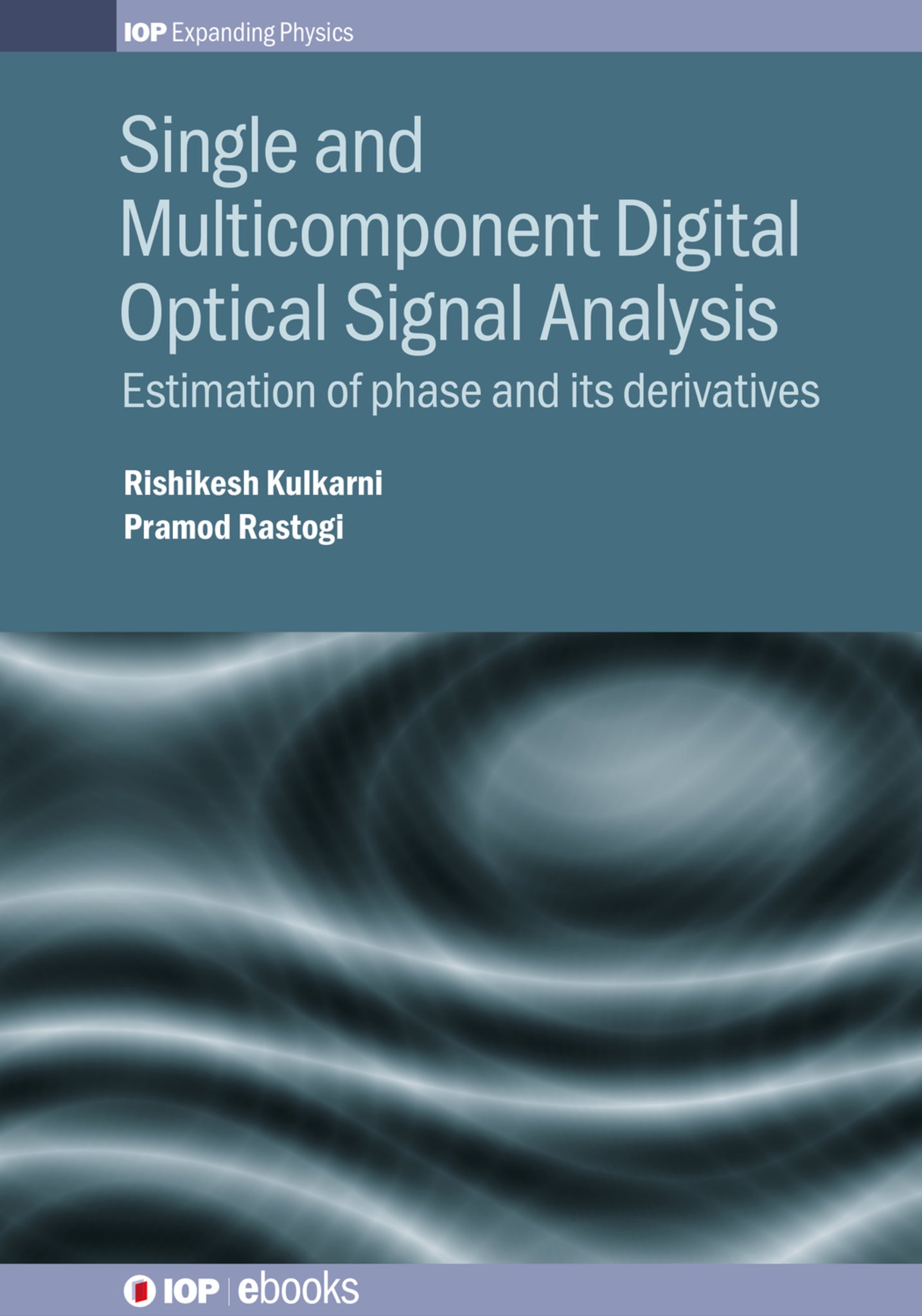We're sorry. An error has occurred
Please cancel or retry.
Single and Multicomponent Digital Optical Signal Analysis

Some error occured while loading the Quick View. Please close the Quick View and try reloading the page.
Couldn't load pickup availability
- Format:
-
06 September 2017

Optical techniques such as electronic speckle pattern interferometry, holographic interferometry, and fringe projection have emerged as the prominent tools for non-contact measurements, with applications ranging from biology to materials science. In these processes, information about the measured physical quantity is stored in the phase or associated derivatives of an interference fringe pattern. Consequently, a reliable estimation of phase and its derivatives, commonly referred to as fringe analysis becomes a primary requirement for the application and interpretation of these optical techniques. Here, leading researchers in fringe analysis methods present a review of the tools and methods of multicomponent fringe analysis and interferometric data, and outline a wide range of digital signal-processing-based interferometric data-processing techniques.

SCIENCE / Physics / Optics & Light, Optical physics

Preface
1 Introduction
2 Phase estimation: spatial fringe analysis
3 Fringe denoising and phase unwrapping
4 Phase estimation: multicomponent spatial fringe analysis
5 Phase derivative estimation: spatial fringe analysis
6 Simultaneous estimation of unwrapped phase and its derivatives
7 Signal separation techniques: multicomponent spatial fringe analysis
8 Phase estimation: temporal fringe analysis



